How to Prevent Egg Quality Decline in Late Egg Production
The egg quality problem can be a huge headache often encountered by layer chicken farmers, especially in the late stage of egg production. The problem of egg quality is more prominent, and some farmers even have to eliminate them prematurely due to egg quality problems. The result is huge economic losses to layer chicken farmers
According to statistics, about 6-8% of eggs are lost in the world every year due to egg quality problems. There are many factors that affect the quality of eggs, and we mainly put forward preventive solutions to some common problems in production.
1. Disease Prevention and Control
1.1 Strengthening immunization of Newcastle disease, avian influenza and spreading vaccines in the late egg production period
Most diseases such as Newcastle disease, avian influenza, and spreading can cause egg quality degradation. For epidemic prevention and control, strengthening biological safety management is the most direct and effective measure, but for the over intensive farming situation of laying chickens, strengthening immunization to ensure that chickens have disease prevention capabilities is the top priority. Respiratory administration is a good method to improve the immune system. By dissolving the drug in water to use as a fogger sprayer, when the chicken breathes the medicine in it will be absorbed in their body.
In recent years, farmers’ awareness of the prevention of epidemics has increased, and they have been immunized multiple times for preventing severe infectious diseases. The probability of large-scale outbreaks of severe infectious diseases is getting smaller and smaller, but these epidemics still exist. As long as the antibody drops to a certain extent, it will first affect the quality of eggs. At present, the immunization of Newcastle disease, avian influenza and spreading in late egg production is often the most easily overlooked problem. The serious decline in egg quality in the late egg production is often caused by these diseases.
1.2 Do a thorough job of checking the intestinal and liver health of laying chickens
Intestinal and liver diseases of laying hens are another important problem that often causes the quality of eggs to decline.
The intestinal tract is the absorption site of nutrients. Diseases in the intestinal tract cause diarrhea, overfeeding, red dung, etc., which will lead to a decrease in the absorption and utilization of intestinal nutrients, thus affecting the quality of eggs. There are currently many options for intestinal health, such as plant-based essential oils, micro-ecological preparations, acid preparations, and Chinese herbal medicines that can be used as regular, irregular, or long-term health care solutions for the intestine.
The liver is an important place for carbohydrate hydration, fat and protein synthesis, and conversion and metabolism in the body. It is also an important place for the storage of fat-soluble vitamins. At the same time, the liver plays a role in detoxification. It also effects various toxins and often leads to a decline in liver function and a reduction in the utilization of feed nutrients. Liver health care can add 60 ppm bile acid to the feed over the long run as a health care program.
2. Management of Environment & Egg Weight
2.1 Strengthen feeding environment control
Inappropriate light, temperature and stress can cause egg quality to decline.
The length of light intensity has a significant effect on the quality of the eggshell. Sudden increase in light intensity will reduce the quality of the eggshell and lead to an increase in the number of broken eggs. Dim lights will help to keep the house quiet and is beneficial to the formation of eggshells. The light length of laying hens is currently 16 hours of light. Because chickens’ eyes are different from human’s, professional LED lights not only have a positive effect on the chicken laying rate, but also have good qualities to resist water, fire and ammonia.
The temperature has a significant influence on the quality of the eggshell. The suitable temperature for laying hens is 22-27℃. When the temperature of the house exceeds 32℃, the feed intake of the chicken decreases and the breathing speeds up, resulting in a decrease in egg production rate. The quality of the eggshell becomes brittle, and the surface is rough. If the temperature of the house is too low, the feed intake of the chicken increases, resulting in production of eggs that become larger as the shell thins. You can use an ice fog machine to make the chicken house cool.
Stress is also an important factor that causes the quality of eggshells to decline during production, such as high temperature, immunization, noise, and shock, which will affect the intestinal absorption of nutrients and the normal formation of eggshells. Under heat stress conditions, baking soda can be added to the feed while reducing the salt content to improve the outcome.
2.2 Manage layer and egg weight
Oversized eggs in the late egg laying period is also an important factor that leads to a decline in egg quality. As the age of laying hens increases, the size of the eggs gradually increases, but the increase in the weight of the eggshell is much smaller than the increase in the weight of the eggs. This results in a relatively insufficient absorption and deposition of calcium and phosphorus. At present, many farmers are blindly pursuing high output and eliminating the heavy weight of chickens. The rearing of laying hens is getting larger and larger, and the weight of eggs is getting larger, but the quality of eggs is getting worse.
The size of the egg is directly affected by the size of the yolk, and the size of the yolk is mainly affected by the weight of the egg. Therefore, the weight of the egg must be controlled first. After the hens enter the peak period, the weight of the hen should be controlled as to not grow too fast. In terms of egg weight management, managing the weight of laying hens also requires the management of feed nutrition. Protein, amino acids (methionine), fatty acids and energy in the feed are also important factors affecting egg weight.
3. Reasonable Allocation of Feed Diet Nutrition Level
3.1 Energy and protein management
Laying hens can adjust their feed intake according to the energy level of the diet. When the diet energy is high, the feed intake is reduced, which reduces the calcium and protein intake. Too little energy will affect the deposition of calcium by laying hens, resulting in an increase in the proportion of soft-shell eggs.
At present, the common energy problem of feed is that the energy of the commercial feed is too low, which leads to the high feed intake of the chickens. On the one hand, it causes low absorption of calcium and phosphorus and other nutrients. On the other hand, it causes too much protein intake and leads to excessive eggs. As a result, the quality of the eggs is affected, so the production performance of laying hens, body weight of hens, egg weight, feed intake, and the ratio of energy to protein should be weighed and considered in the formulation of layer diets.
3.2 Management of calcium and phosphorus
Calcium is the main raw material for the formation of eggshells, and each egg contains approximately 2.3g of calcium. Insufficient calcium content in the feed will cause soft-shell eggs and broken-shell eggs. Severe laying hens will have cramps, rapid reduction of serum calcium, and osteoporosis; excessive calcium content (> 4.5%) will affect the palatability of the chicken, and interfere with the absorption of phosphorus. At the same time, there are quality problems such as chalky precipitation in the eggshell, roughness at both ends, etc. When preparing the diet, we must pay attention to the quality of the calcium source, especially when purchasing stone powder. We must pay attention to the calcium content.
Phosphorus is the main regulator of eggshell formation. The eggshell contains only 0.116% phosphorus, but it determines the elasticity and toughness of the eggshell. If both are too high and too low in phosphorus in the feed this will lead to a drop in egg quality. The demand for phosphorus in laying hens decreases with increasing age. Too high phosphorus in the late laying period will also affect egg quality. The intake should be less than 0.8g.
3.3 Vitamin management
VD3 participates in the absorption of calcium and phosphorus in the body, regulates the metabolism of calcium and phosphorus in bone tissue, and promotes the normal secretion of calcium and phosphorus in the eggshell glands. The absorption of VD3 is inseparable from the participation of cholate. The lack of VD3 in the diet will soon show a drop in eggshell weight. In the absence of vitamin D3 in the diet, no results can be obtained by checking the full price feed, only conclusions can be drawn by checking the pre-mixed feed.
VC is involved in the absorption and precipitation of calcium in the eggshell glands. Under normal circumstances, the body can synthesize the required VC without additional addition, but under high temperature stress the body’s ability to synthesize VC cannot meet the needs and will drop significantly. According to reports, adding 200 mg/kg VC to layer diets during heat stress can significantly improve eggshell quality and egg production rate.
3.4 Trace element management
Trace elements manganese and magnesium are necessary trace elements for eggshell formation. They are involved in the formation of acid mucopolysaccharides, which are the matrix for calcification of eggshells. The synthesis of eggshell acid mucopolysaccharides is related to the strength of eggshells. Insufficient manganese intake will reduce egg production and hatchability, and the eggshell will become thin and scarred.
The content of manganese in the diet should be 55-60 mg/kg. When the content is too low (<7 mg/kg), regardless of the calcium and phosphorus content in the diet, it will cause the quality of the eggshell to decline.
Magnesium deficiency in the diet will cause the eggshell thickness and strength to decrease. Generally, the magnesium content in the diet can meet the production needs of laying hens when the magnesium content in the diet is too high (> 3500 mg/kg). This will cause the eggshell to become thinner.
4. Effect of Layer Age on Egg Quality
As the age increases, the egg quality of hens gradually declines. On the one hand, as the age of the hens increases, the size of the eggs gradually increases, but the increase in the weight of the eggshell is much smaller than the increase in the weight of the eggs. As a result, calcium, phosphorus, and other absorption deposits are relatively insufficient.
On the other hand, as the age increases, the intestinal lipase, trypsin, chymotrypsin, amylase activity and bile acid secretion in the intestine also decreases, especially after 44 weeks as the rate of decline will accelerate. Therefore, adding bile acids, lipases, proteases, etc. to the diet in the late egg production period can improve the egg quality in the late egg production period.
To summarize, the egg quality in the late egg production period is a comprehensive and complex problem with many influencing factors. No matter which part is not done well, there may be egg quality problems. At the same time, the egg quality problems in the late egg production period must be done in advance to prevent and control poor results.



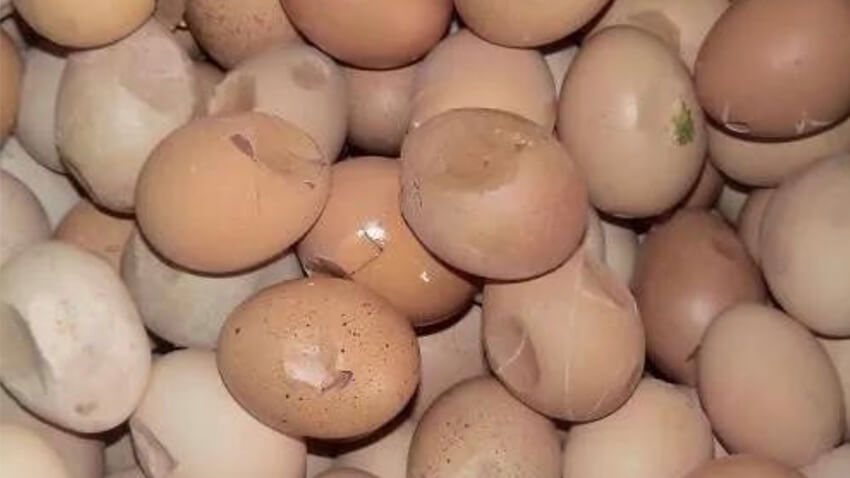
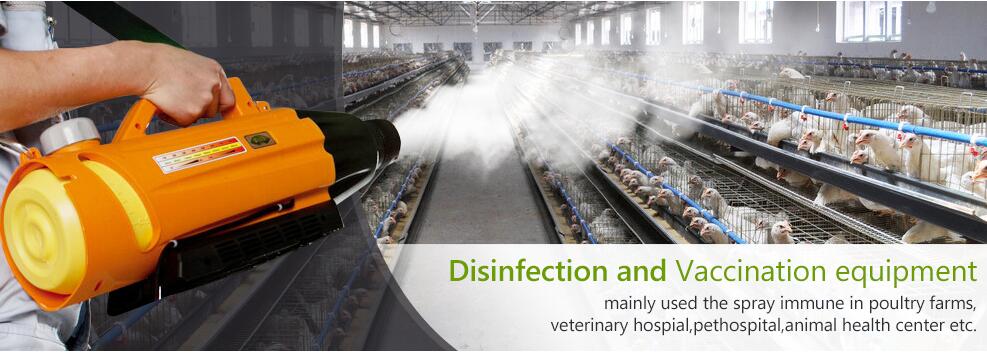
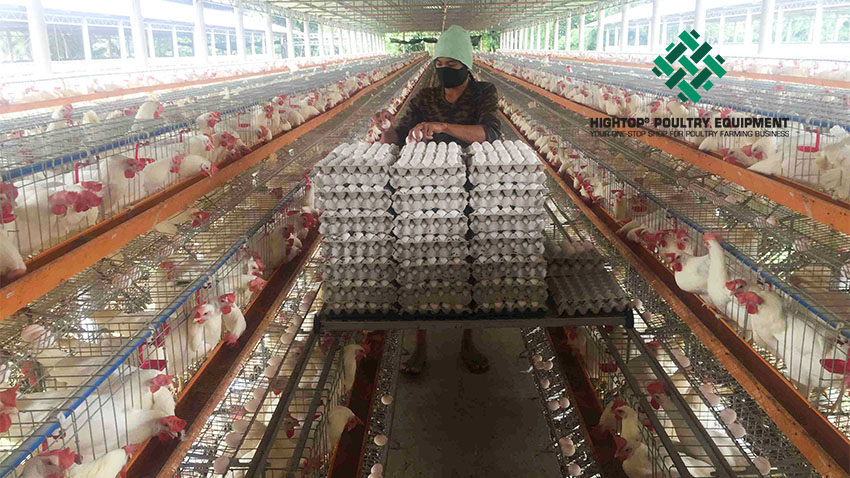
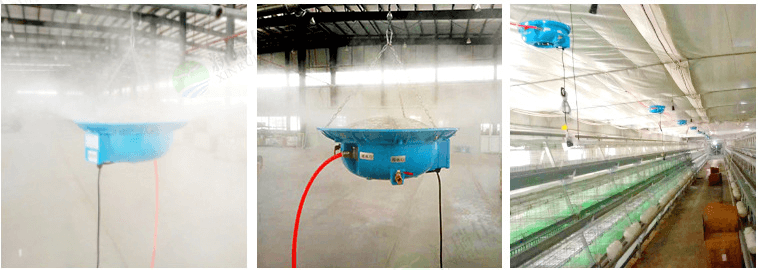
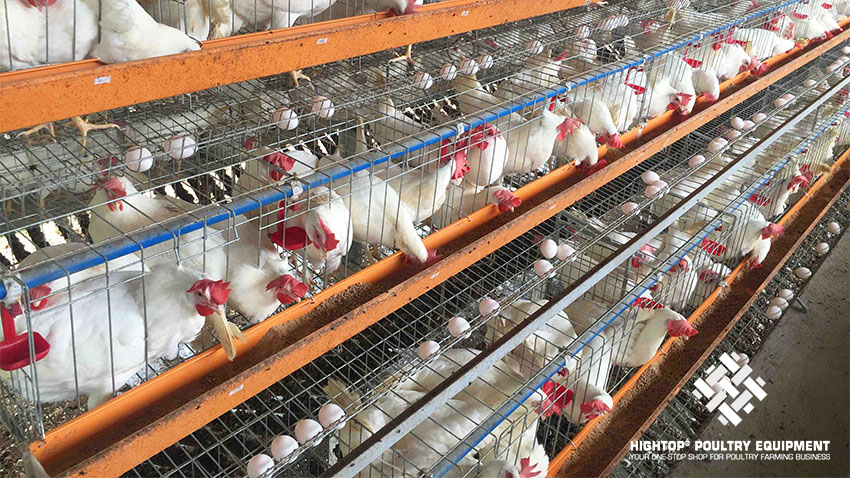

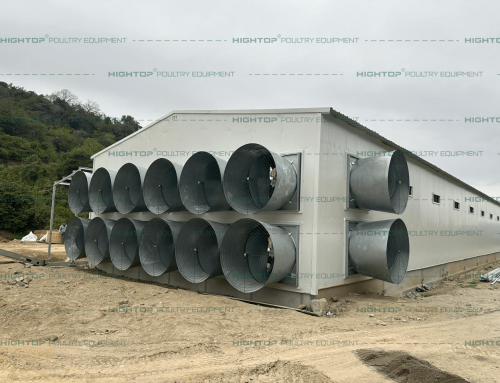
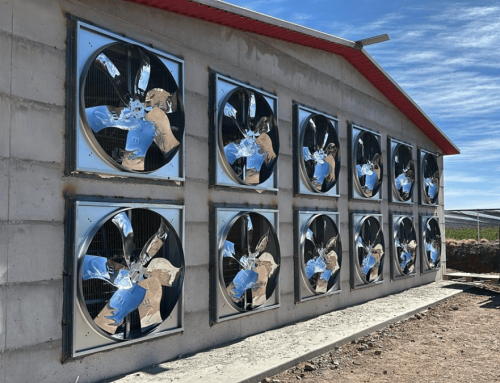
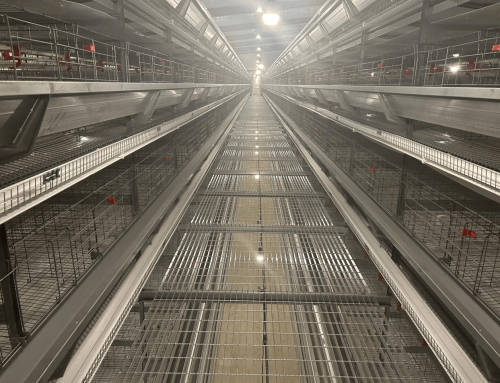
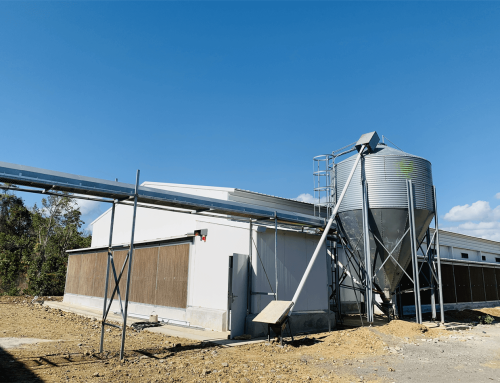
Leave A Comment